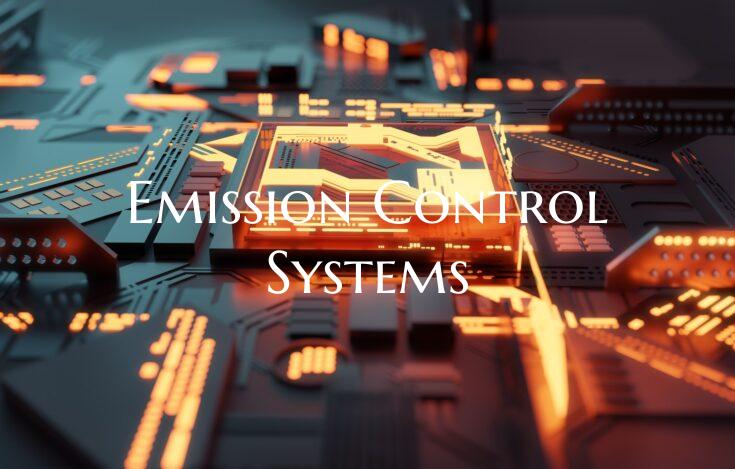Emission Control Systems
Emission control systems are essential components in vehicles and industrial machinery that play a crucial role in reducing harmful pollutants released into the environment. These systems are designed to minimize the emission of pollutants such as carbon monoxide, nitrogen oxides, hydrocarbons, and particulate matter which contribute to air pollution and harm human health.
There are several types of emission control systems used in different applications. In vehicles, one of the most common systems is the catalytic converter, which converts toxic gases produced by the engine into less harmful substances through a series of chemical reactions. This helps reduce the emission of harmful pollutants from vehicle exhausts, making cars more environmentally friendly.
Industrial facilities also utilize emission control systems to comply with air quality regulations and reduce their impact on the environment. These systems can include scrubbers, filters, and precipitators that capture and remove pollutants before they are released into the air. By implementing effective emission control systems, industries can minimize their environmental footprint and improve the air quality in surrounding areas.
Overall, emission control systems are vital in protecting the environment and public health by reducing the release of harmful pollutants. Continued advancements in technology and stricter regulations are driving the development of more efficient and effective emission control systems to create a cleaner and healthier environment for future generations.

